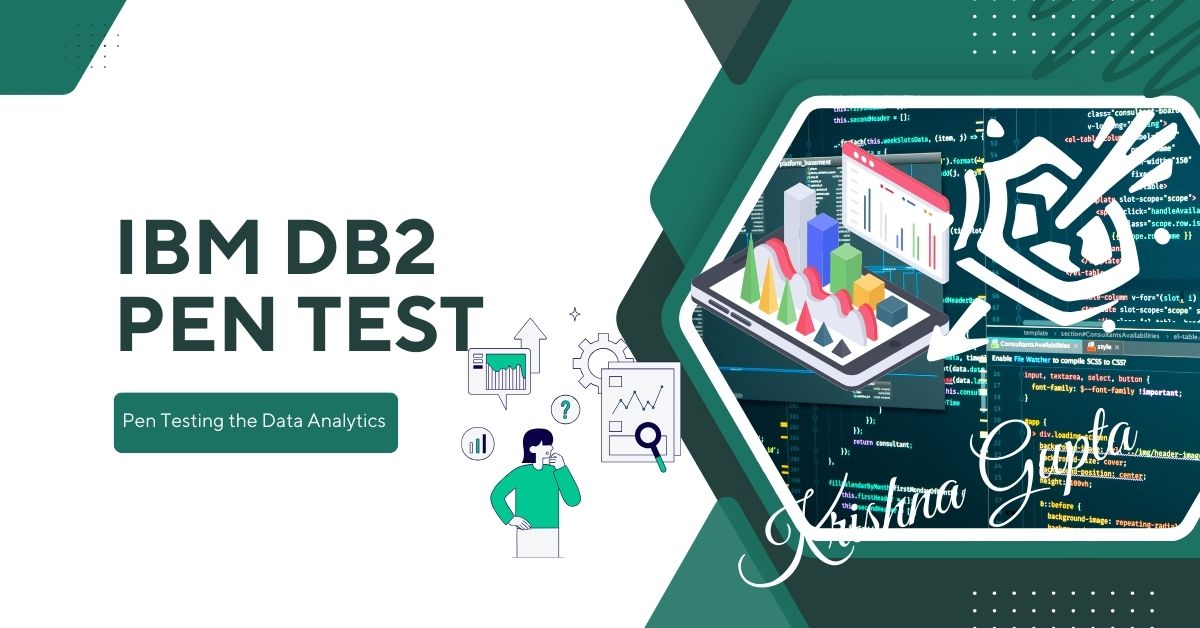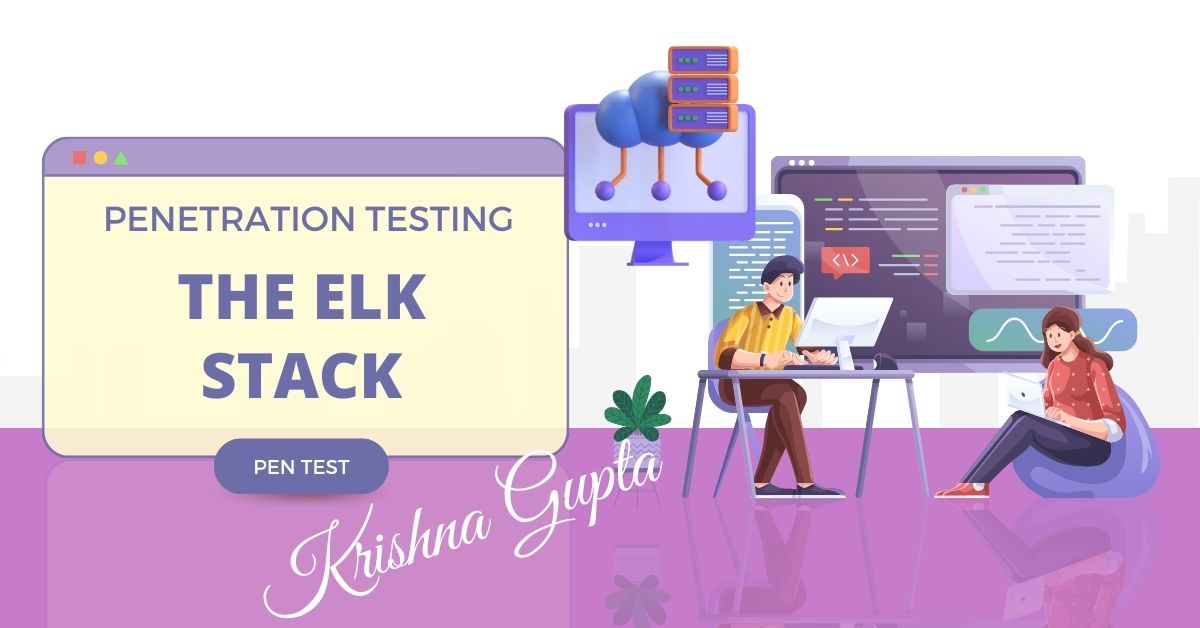Penetration Testing Oracle Autonomous Data Warehouse (ADW)
Penetration testing is an essential security practice that helps organisations identify and address vulnerabilities in their systems. While Oracle Autonomous Data Warehouse (ADW) is designed with robust, built-in security measures, understanding how penetration testing applies to this environment is critical for ensuring that configurations and usage remain secure.




